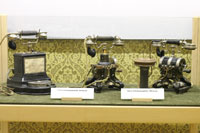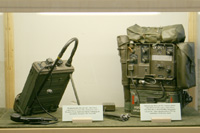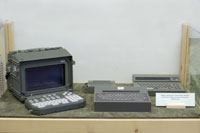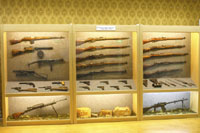 |
||||||
|---|---|---|---|---|---|---|
| Main page | Museum | Contacts | Open hours & Prices | Links | Suomeksi | |
The National Signals MuseumThe building was originally an officers club from Russian time and it was built in 1913. The museum has been in this building since 1974. It is maintained by one of the voluntary defense associations, the Association of Signals Guilds. In the museum there are about 400 communication devices, about 100 different other objects and about 200 photographs. The material is arranged in seven chronological departments, from old ages to modern technology. The museum is concentrated on the history of military communications. The Lobby (Ancient communication methods from the Middle Ages to the War for the Possession of Finland 1808 - 1809)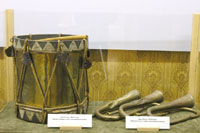
In the hall you can see some old time signalling means from the times before electricity. Here you will find some horns and drums from 1800´s from the “Old Finnish Forces” from the Russian time. They are the oldest items in the museum. Room 2 (Communication's greates inventions Communications from the War for Possession of Finland to the War of Independence 1918)
Room 3 (Communication's development between the World Wars in the 1920's and 1930's)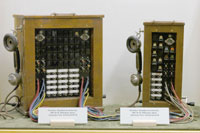
This room shows especially the development of Finnish military communications during the first decades of our independence before the second World War. Room 4 (Signal's development in independent Finland)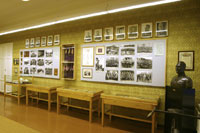
In this room you can see pictures, texts and objects telling the history of Signal troops from the War of Independence to these days. Rooms 5 (Communication's in the Winter War and the Communication War 1939 - 1945)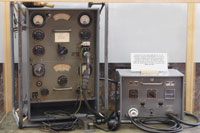
The war time communications are presented in the big hall of the museum. The communications of lower level units are at the southern side, and the higher echelons are at the other side. Almost all examples of mechanical ciphering devices which were used during and after the war are here, including a German Enigma, Swedish Hagelins and Finnish ciphering device, so called “Worm Box”. Room 6 (The development of communications after the Second World War in the
| ||||||
Copyright © 2006 Viestimuseo | ||||||
